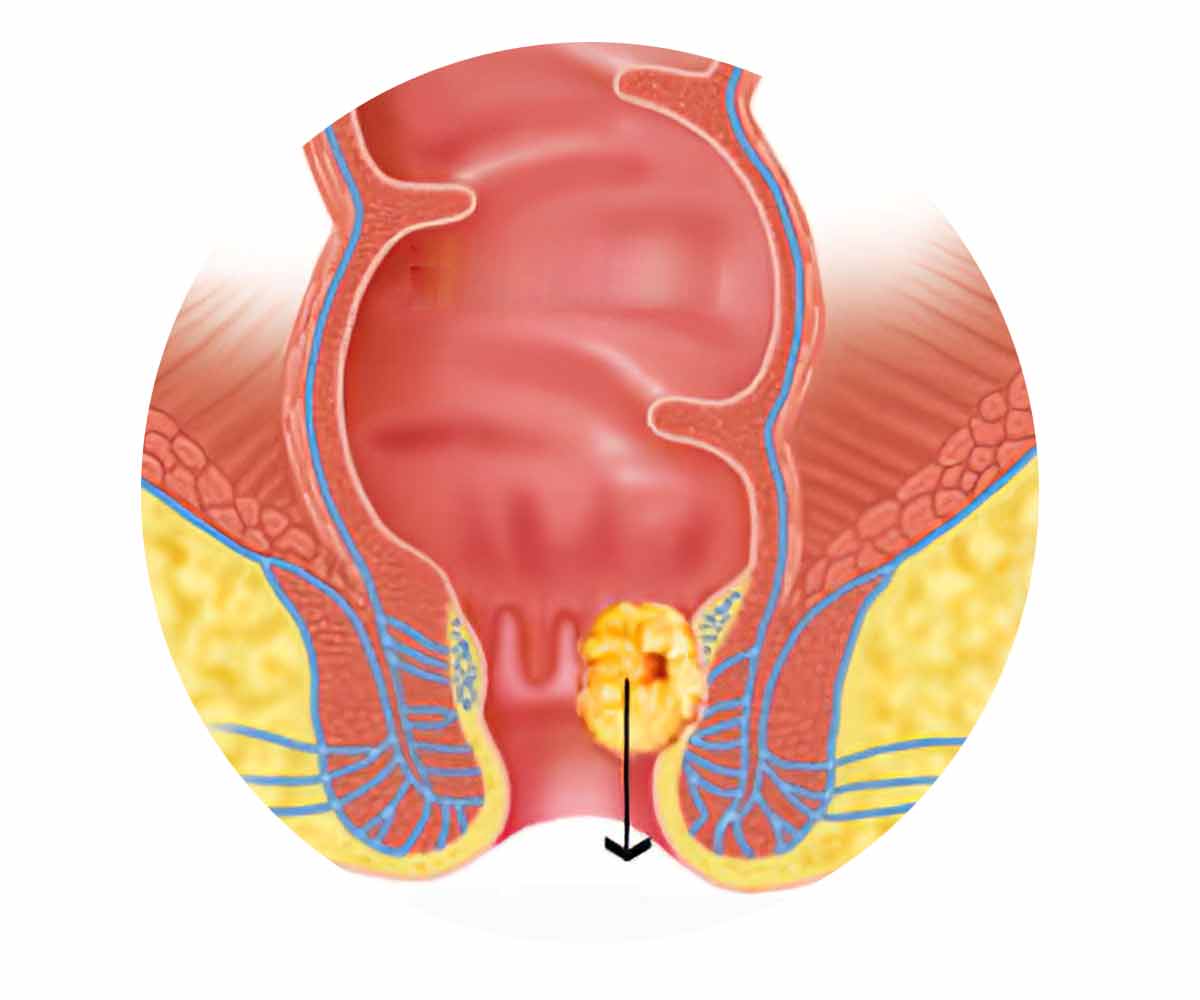
Gastrointestinal Cancers
Gastrointestinal (GI) cancer includes all cancers in your digestive tract organs such as the

Colorectal and GI Cancer

Stomach Cancer

Pancreatic cancer

Oesophageal cancer

Anal cancer

Gallbladder cancer

Liver cancer

Bile duct cancer
Gastrointestinal Cancers
- What Is Gastrointestinal Cancer?
- Symptoms of Gastrointestinal Cancer
- Gastrointestinal Cancer Diagnosis
-
Gastrointestinal (GI) Cancer is a collective term that comprises a group of cancers that affect the gastrointestinal tract and digestive system. These cancers develop through the formation of a lump or ulcer within the stomach and spread diffusely throughout the other parts of the stomach.
The GI cancer includes cancers of the:
- ✴ Oesophagus
- ✴ Liver
- ✴ Gallbladder
- ✴ Stomach
- ✴ Biliary tract
- ✴ Small intestine
- ✴ Pancreas
- ✴ Colon
- ✴ Anus
- ✴ Rectum
The signs and symptoms of gastrointestinal cancer may vary according to the type of cancer a person has. It may include:
- ✴ Abdominal pain and discomfort.
- ✴ Sudden variation in bowel habits, such as consistency, frequency or shape.
- ✴ Rectal bleeding or blood in the stool
- ✴ Unusual weight loss
- ✴ Bloating
- ✴ Nausea/vomiting
- ✴ Fatigue
- ✴ Indigestion
- ✴ Loss of appetite
- ✴ Swelling in your stomach
- ✴ Heartburn
- ✴ Constipation or diarrhea
- ✴ Weakness or feeling tired
- ✴ Yellowish eyes or skin
To diagnose and identify the spread of cancer your GI oncology doctor may conduct several tests including:
- Endoscopic examinations:
In this process, a tiny camera attached to a thin tube is passed down to the stomach, through the throat. If any malignant area is found the tissue is sent for analysis (biopsy). This may be conducted using the following endoscopic methods: I. Upper GI Endoscopy
- Imaging Studies:
Imaging techniques identify stomach cancers using computerized process and special X-ray examinations including:
- CT Scan
- MRI Scan
- PET Scan
- Contrast Studies
- iagnostic Laparoscopy
- Barium Studies
GI cancers include: colorectal cancer (CRC), gastric cancer, liver cancers (e.g. hepatocellular carcinoma [HCC]), esophageal cancer and pancreatic cancer.
